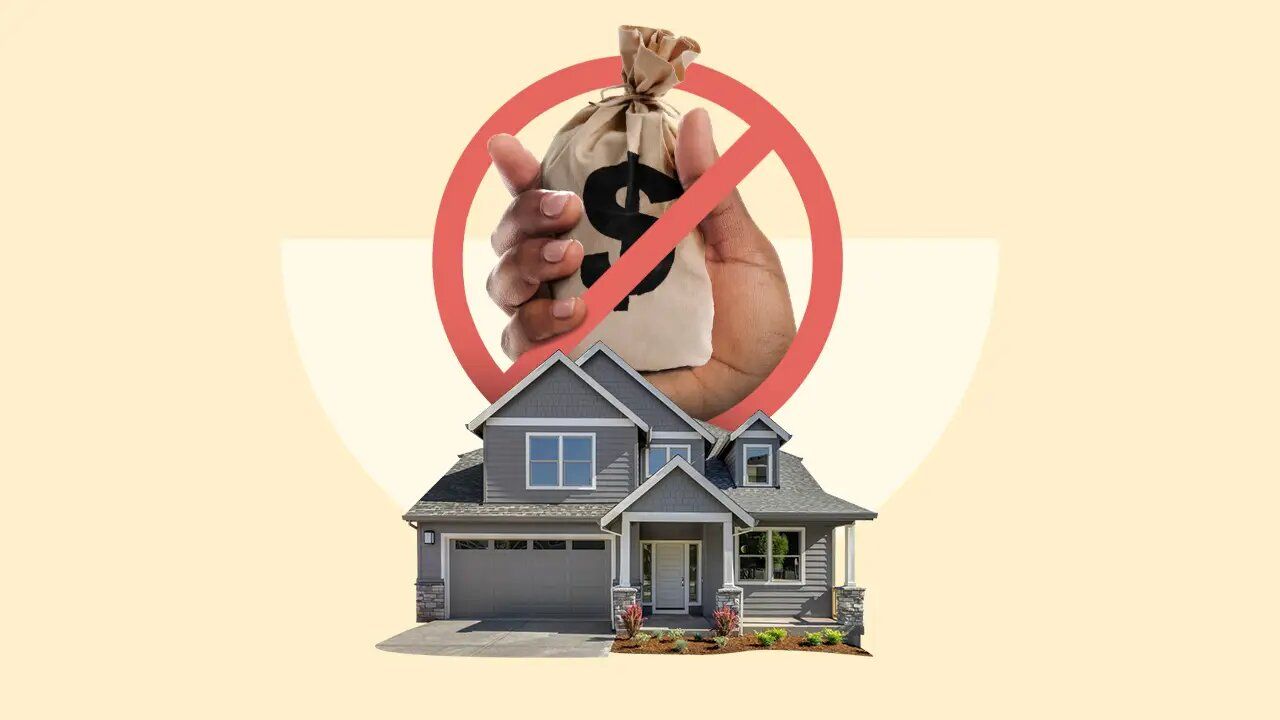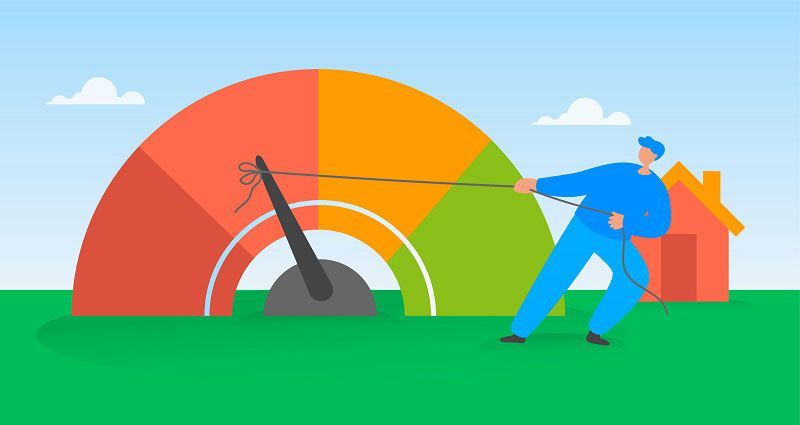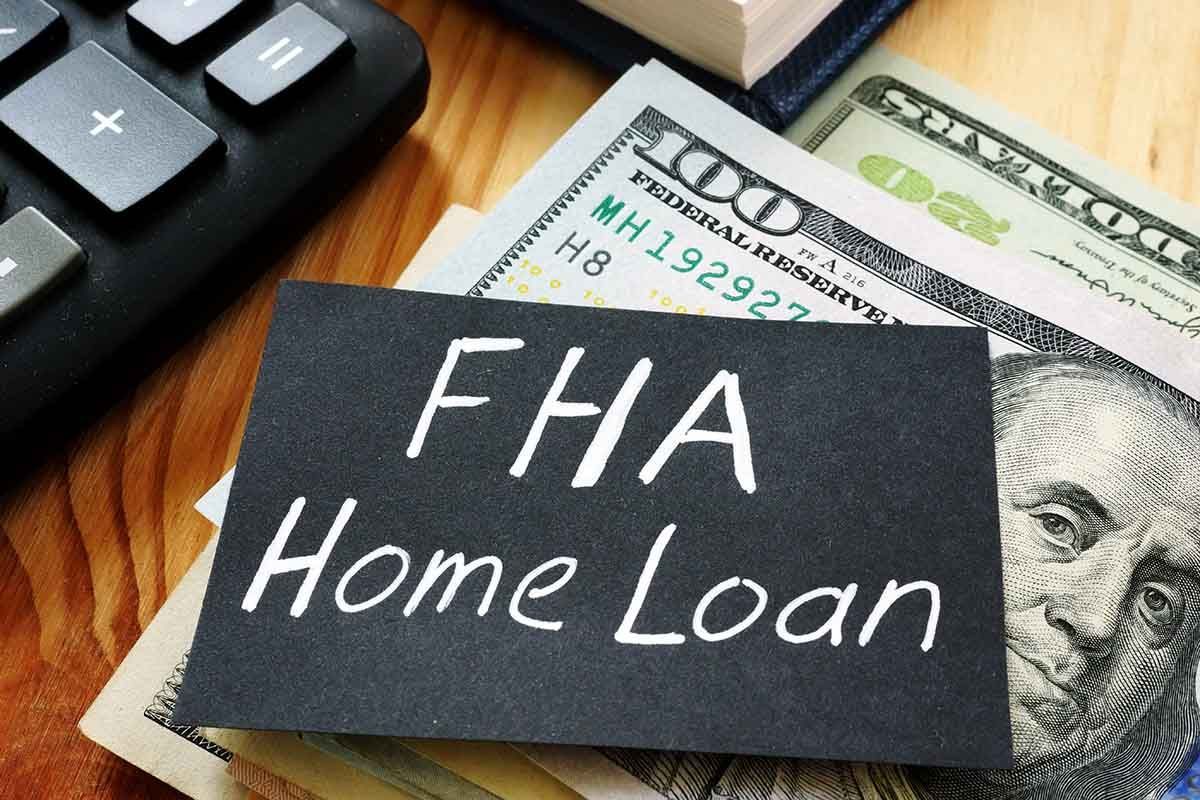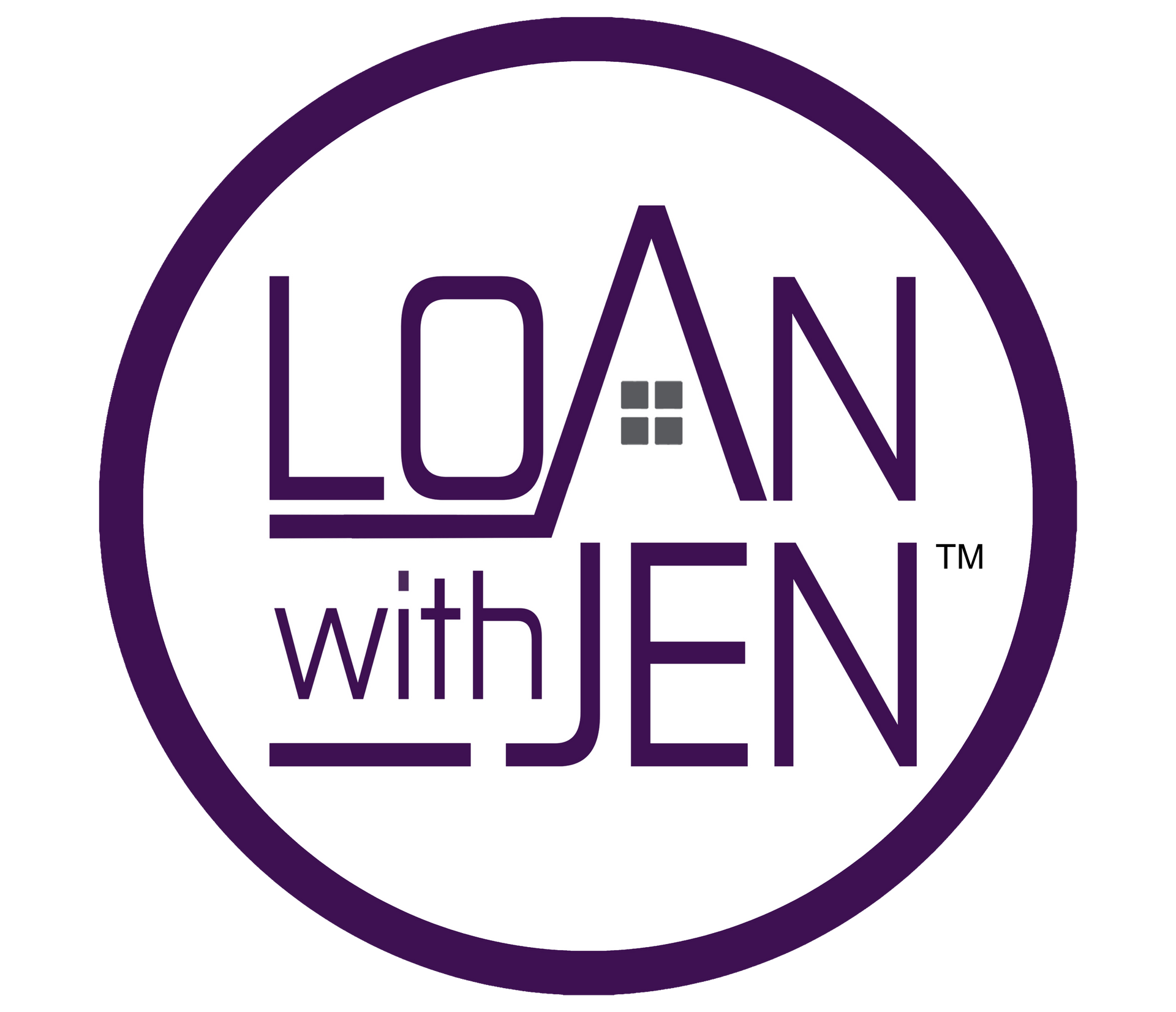We are an Equal Employment/Affirmative Action employer. We do not discriminate in hiring on the basis of sex, gender identity, sexual orientation, race, color, religious creed, national origin, physical or mental disability, protected Veteran status, or any other characteristic protected by federal, state, or local law.
The 3 Home Occupancy Types Explained: Primary, Secondary, and Investment
There are different occupancy types that all real estate investors should know. Here's a complete breakdown of the various kinds of occupancy types.
Whether you're looking to purchase your first home or simply want to round out your portfolio with an investment property, it is imperative to understand how the different occupancy types function. This affects the type of mortgage you qualify for, along with your rates.
This article walks you through the ins and outs of real estate, so you'll enter your upcoming property purchase well-informed and up-to-date with the latest information.
Let's begin!
What is a Primary Residence?
A primary residence is where you reside for the majority of the year. This may be a house, condo, or townhome, for example. You need to prove that you reside in this dwelling for the bulk of the year.
Primary residences might qualify for lower mortgage rates. They may also qualify for both income and property tax benefits. Income tax benefits will be annual when you file your taxes. You may be eligible to reduce taxable income by the mortgage interest and or property tax that you pay. Property tax reductions may be limited by state and county, so be sure to check with your local district.
Due to tax implications, the IRS has clear rules and guidelines in place to help you determine if your home qualifies as your primary residence.
Here is what the IRS looks at when determining a person's primary residence:
- Where do you spend the majority of your time?
- Your legal address for the following: driver's license, voter registration cards, USPS, and tax returns
- Is your house near recreational clubs, other family members' houses, or close to where you bank or work?
If you answered yes to these questions, then the dwelling you reside in would be considered your primary residence.
What Qualifies as a Second Home?
Second homes are purchased in addition to your primary residence. You might need proof for lenders, showing that your second home is at least 55+ miles from your primary residence. Otherwise, it might not qualify as a second home.
Second homes typically include the following:
- Vacation homes
- Homes used for work (commuters)
If your property consists of a single unit that's not part of a timeshare requirement, then lenders usually consider it a second home. According to mortgage lenders, if you live in a dwelling 6 months out of the year, and you rent it to others throughout other times, it's considered a second home.
>> Here's a handy checklist on the documents required from your lender to get pre-approved. Download the free guide here.
What About an Investment Property?
It's important to note, that for lenders, an investment property does not always mean you are collecting revenue. A property that is not your primary, and not your vacation home, is considered investment. It could be occupied by a relative, for example, or any other reason, but it does not meet the primary or secondary criteria.
Popular uses of investment property is to buy and hold for rental. In this instance, a conventional loan is typically a good option. However, If you purchase a property to flip and sell you might use something like private financing or a hard money loan.
Investors should expect to put a minimum down of 20% to 25% when purchasing an investment property using conventional loan methods. If you are purchasing a multi unit property, for example, a 2-4 unit property, and intend to live in one of them as your primary, you could
qualify for and FHA loan, putting as little as 3.5% down.
Mortgage Rates with Different Home Occupancy Types
The overall goal of your home purchase, along with the mortgage amount you qualify for, your interest rate, and down payment, depends on the type of property your lender will recommend. Here's a breakdown of what you can expect for a primary residence, second home, and investment property. Also refer to our article on How Mortgage Rates Are Determined.
Primary Residence
Your primary residence will benefit from smaller down payments. These loans are typically geared towards primary residences and not second homes or investment properties, and are structured accordingly.
For example, for a primary residence home loan, you may only need to put down as little as 3% of the price of your home as a first time buyer. As a repeat buyer , it can be as little as 5% down. These low down payments are subject to qualifications. Your credit score and your debt-to-income ratio will play an important role in your maximum loan amount.
A perk to primary residences is that homeowners can qualify for reduced interest rates, reductions in income tax, as well as property taxes paid each year.
Second Home Residence / Vacation Home
Second home typically have a minimum down payment requirement of 10% as long as it is under conforming loan limits. Interest rates are typically similar to an investment home property. This has not always been the case. In the past, second homes were priced similar to primary homes.
However in 2022, the FHFA , Federal Home Finance Agency, put additional restrictions and fees on second homes, considered a luxury purchase, in order to collect more revenue to pass down to other lower qualifying home owners. You can read more on that HERE.
Investment Property
Investment properties typically have higher down payment requirements. In addition, they have higher interest rates. The reasoning of conventional lenders is because there is an elevated risk on investment. If the economy is in a down turn, and a person has a choice of paying their primary home versus an investment, they will choose investment.
In addition, an investor is responsible for collecting rents, usually, on an investment. If the home is not occupied, the burden for payment is greater, and the chance of default is higher.
Home Occupancy Types Explained
Now that you understand the various home occupancy types, you can determine which type of property you're interested in purchasing. Loan With Jen can help you with all your home purchasing needs. Our experienced team offers full-service residential lending experience in the state of Texas area, so be sure to contact us today.

